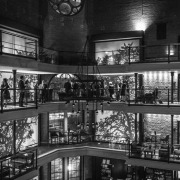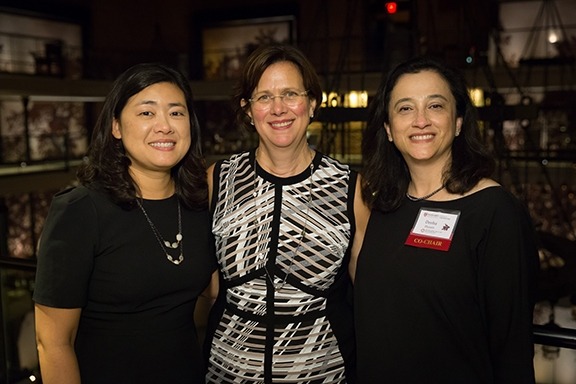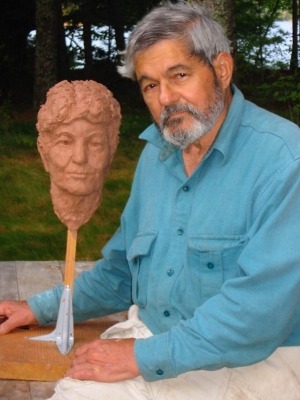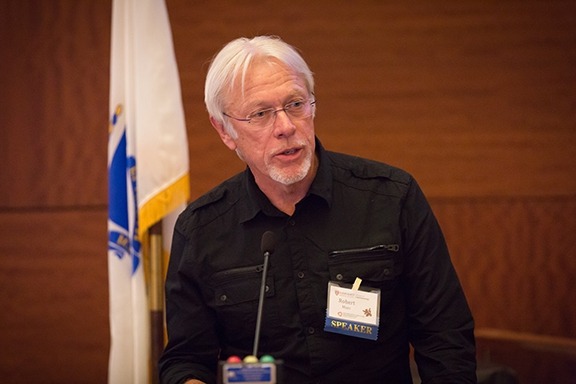
At the fourth Biennial International Symposium on AMD, held October 21-22, 2016 in Boston, more than 200 clinicians, researchers, trainees, and industry representatives discussed current AMD topics and the challenges that lay ahead. One of the central themes of this year’s symposium was the need for a more precise stratification of the disease.
Organized byHarvard Ophthalmology AMD Center of Excellence Co-directors— Patricia D’Amore, PhD, MBA; Ivana K. Kim, MD; and Deeba Husain, MD—the scientific program included topic-driven sessions on inflammation, retinal pigment epithelium (RPE) biology, lipid metabolism, imaging, and aging.

In the opening address, Dr. Kim stressed the need to “assemble a better array of biomarkers, therapeutic targets and better drug delivery…to ultimately have predictive, preventative, personalized medicine.” Multidisciplinary scientific lectures and panel discussions provided ample opportunities for ophthalmologists and vision researchers to engage in lively discussions about new ways to apply basic science knowledge to advance therapeutic options for patients with AMD.

Discussions led to multiple viewpoints on how the AMD community should proceed. Some stressed the need to improve sensitivity measures in imaging to better identify biomarkers. Others suggested that examining different signaling pathways was critical in developing better treatment options because evidence suggests that AMD is not just one disease. This notion that “AMD is not just one disease” was echoed throughout all the sessions, drawing intense discussion and debate.
The dynamic field of AMD has progressed beyond gene association studies and the complement system of innate immunity, which were major discussions in previous years. This year, additional topics included senescence-clearing drugs, a mitochondrial approach, lipids, and tweaking the immune system to better develop potential novel therapeutic strategies.


The event was presented in partnership with the second Biennial International Symposium on Ocular Regeneration and was sponsored by the Broadhurst Foundation, the National Institutes of Health (travel awards), the Macular Degeneration Foundation, Regeneron, Genentech, Alcon, Biogen, Novartis, and Heidelberg Engineering.
